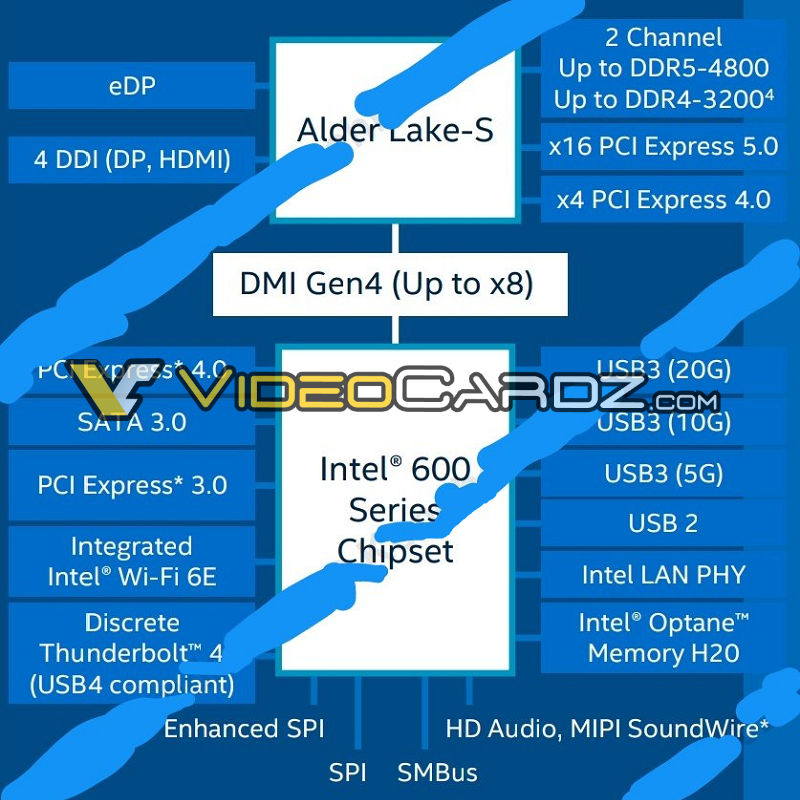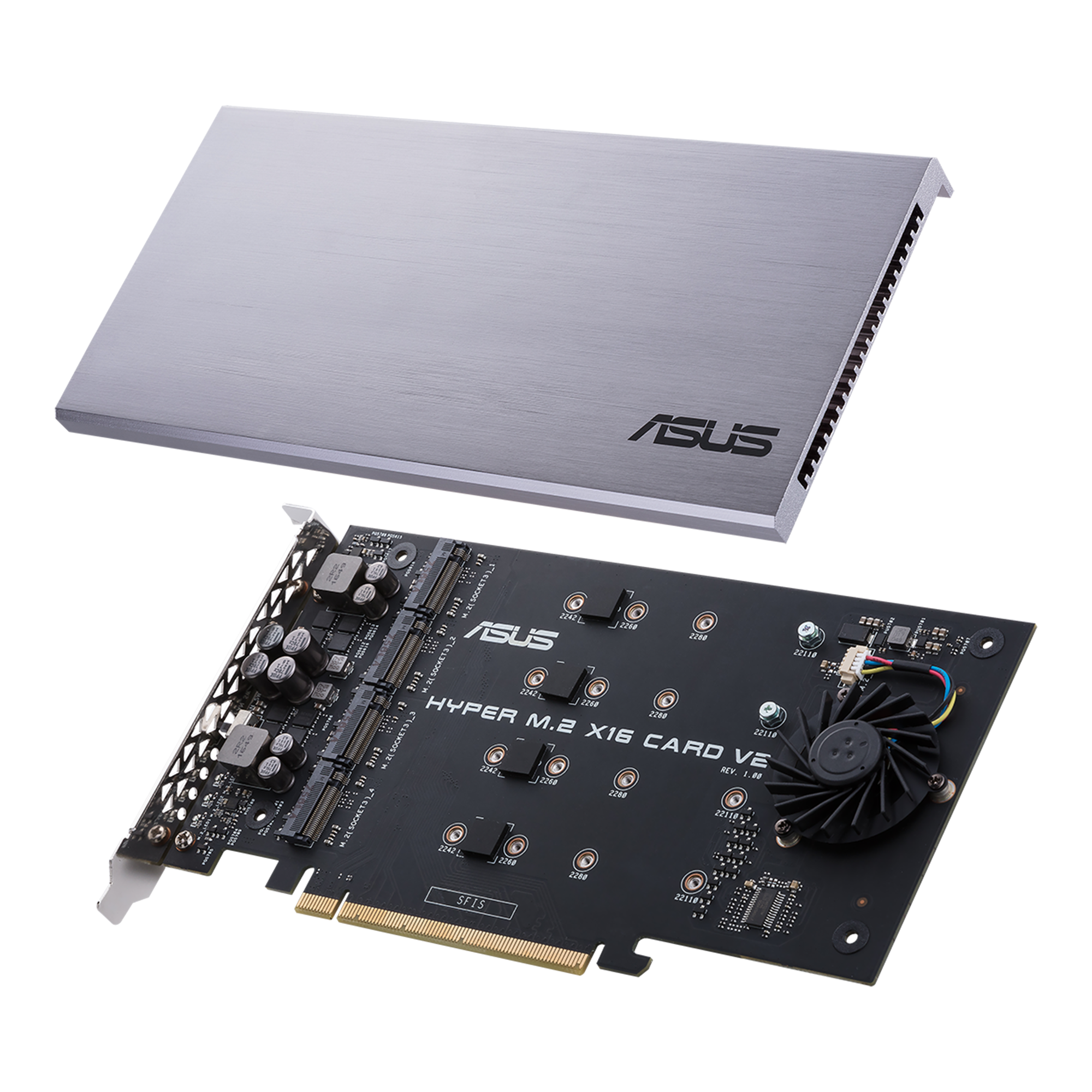- Joined
- Jul 3, 2019
- Messages
- 322 (0.15/day)
- Location
- Bulgaria
| Processor | 6700K |
|---|---|
| Motherboard | M8G |
| Cooling | D15S |
| Memory | 16GB 3k15 |
| Video Card(s) | 2070S |
| Storage | 850 Pro |
| Display(s) | U2410 |
| Case | Core X2 |
| Audio Device(s) | ALC1150 |
| Power Supply | Seasonic |
| Mouse | Razer |
| Keyboard | Logitech |
| Software | 22H2 |
It seems to me, one of the main reasons to not opt for PCIe 5.0 is platform cost.
This might aswell end up been a good move by AMD, despite the complaints by some folks.
This might aswell end up been a good move by AMD, despite the complaints by some folks.
Last edited:









